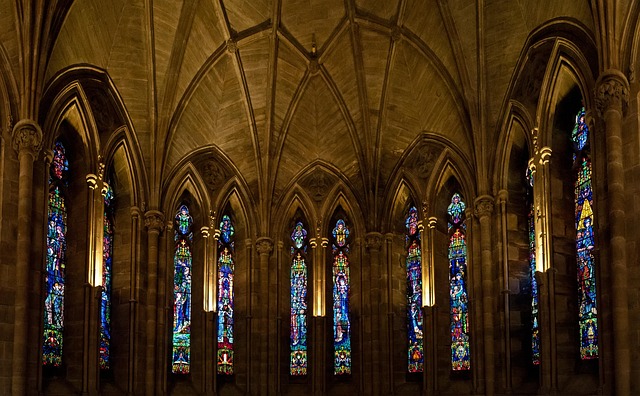
The Organization of The Church of Jesus Christ of Latter-day Saints
The Church of Jesus Christ of Latter-day Saints (LDS Church) is a global organization with over 16 million members. Despite its vast reach, the structure and organization of the Church remain consistent across different regions. This article explores the reasons behind this uniformity and how the Church's organization was restored in modern times.
The Structure of the Church
The LDS Church is organized in a hierarchical structure that includes various leadership positions and councils. At the top is the President of the Church, who is regarded as a prophet. Below the President are the Quorum of the Twelve Apostles, who assist in governing the Church and provide spiritual guidance. Local congregations, known as wards or branches, are led by bishops or branch presidents, depending on their size.
Uniformity Across the Globe
One of the distinguishing features of the LDS Church is its ability to maintain a consistent organizational structure regardless of geographical location. This uniformity is achieved through standardized training programs, leadership manuals, and guidelines that are provided to local leaders. Members around the world participate in similar programs, worship services, and community activities, fostering a sense of belonging and unity.
Restoration of the Church's Organization
The organization of the LDS Church is believed by its members to have been restored in the latter days through divine revelation. This restoration is said to have begun in the early 19th century when Joseph Smith, the Church's founder, received revelations that established the foundational principles and governance of the Church. The belief in ongoing revelation continues to shape the Church's structure and practices today.
Global Community and Local Engagement
While the Church maintains a uniform structure, it also emphasizes local engagement. Each ward or branch is encouraged to address the specific needs of its community. Local leaders are empowered to make decisions that reflect the cultural and social context of their members. This balance between global organization and local adaptation is a key aspect of the Church's mission.
Conclusion
The organization of The Church of Jesus Christ of Latter-day Saints reflects a blend of global consistency and local relevance. By maintaining a structured hierarchy and providing resources for local leaders, the Church fosters a unified community that spans across continents. Understanding this organization can enhance appreciation for the Church's mission and its impact on its members worldwide.

















 Bride Who Died on Her Wedding Reception
Bride Who Died on Her Wedding Reception 
 Health
Health  Fitness
Fitness  Lifestyle
Lifestyle  Tech
Tech  Travel
Travel  Food
Food  Education
Education  Parenting
Parenting  Career & Work
Career & Work  Hobbies
Hobbies  Wellness
Wellness  Beauty
Beauty  Cars
Cars  Art
Art  Science
Science  Culture
Culture  Books
Books  Music
Music  Movies
Movies  Gaming
Gaming  Sports
Sports  Nature
Nature  Home & Garden
Home & Garden  Business & Finance
Business & Finance  Relationships
Relationships  Pets
Pets  Shopping
Shopping  Mindset & Inspiration
Mindset & Inspiration  Environment
Environment  Gadgets
Gadgets  Politics
Politics 